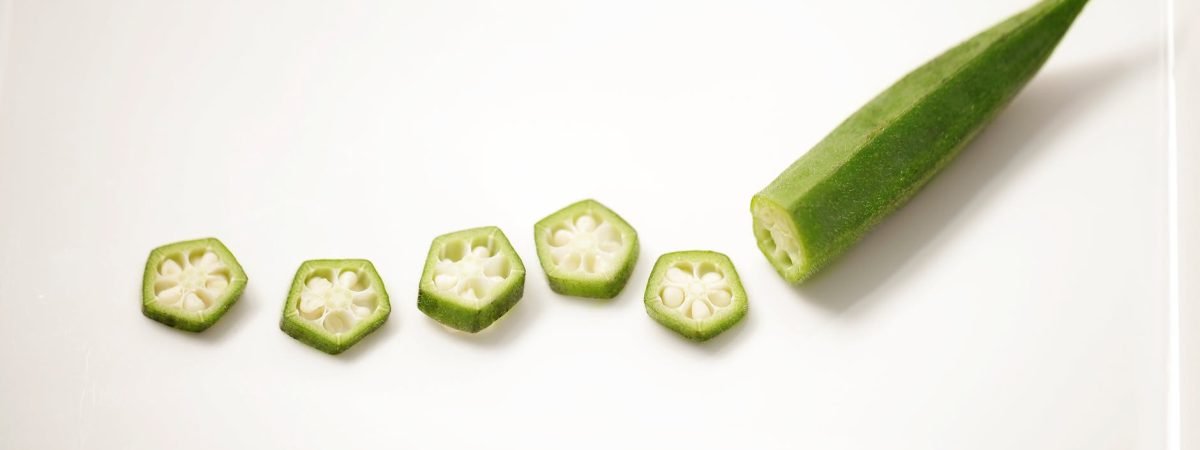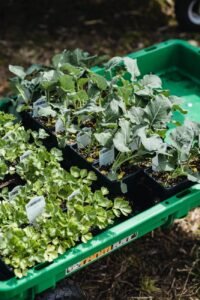Have you ever dreamed of having your own vegetable garden? Growing your own vegetables can be a rewarding and fulfilling experience. Not only does it give you access to fresh and nutritious produce, but it also allows you to connect with nature and understand the process of food production. In this step-by-step guide, we will walk you through the process of growing your own vegetables from seed to harvest.
1. Planning and Preparation
Before you start planting, it’s essential to plan and prepare your vegetable garden. Choose a sunny spot in your yard that receives at least six hours of direct sunlight each day. Clear the area of any weeds or debris and ensure that the soil is well-drained and fertile. Consider the space requirements of each vegetable and plan your garden accordingly.
2. Selecting Seeds or Seedlings
The next step is to choose the vegetables you want to grow. Consider your climate and the growing season when selecting seeds or seedlings. Some vegetables, like tomatoes and peppers, are best started from seedlings, while others, like carrots and lettuce, can be directly sown from seeds. Purchase high-quality seeds or healthy seedlings from a reputable source.
3. Starting Seeds Indoors
If you choose to start your vegetables from seeds, you can start them indoors before the growing season begins. Fill seed trays or small pots with seed-starting mix and plant the seeds according to the package instructions. Place the trays in a warm and well-lit area, and water them regularly. Once the seedlings have grown a few inches tall and the risk of frost has passed, they can be transplanted into your garden.
4. Planting in the Garden
When the soil has warmed up and all danger of frost has passed, it’s time to plant your seedlings or sow your seeds directly in the garden. Dig holes or furrows according to the spacing requirements of each vegetable, and gently place the seedlings or seeds into the soil. Cover them with soil, water thoroughly, and provide support if needed. Remember to label each row or plant to keep track of what you’ve planted.
5. Watering and Fertilizing
Proper watering and fertilizing are crucial for the healthy growth of your vegetables. Water your garden regularly, aiming to keep the soil consistently moist but not waterlogged. Use organic fertilizers or compost to provide essential nutrients to the plants. Follow the instructions on the fertilizer package or consult a gardening expert for specific recommendations.
6. Weed Control
Weeds can compete with your vegetables for nutrients and water, so it’s important to keep them under control. Regularly inspect your garden for weeds and remove them by hand or using appropriate tools. Mulching can also help suppress weed growth and retain moisture in the soil.
7. Pest and Disease Management
Keep an eye out for common pests and diseases that can affect your vegetable garden. Inspect your plants regularly for any signs of damage or infestation. Use organic pest control methods whenever possible, such as handpicking pests or using natural repellents. If necessary, consult a local gardening center or extension service for advice on pest and disease management.
8. Harvesting
As your vegetables grow, they will reach maturity and become ready for harvest. Harvesting times vary for each vegetable, so refer to the seed packet or gardening resources for guidance. Use a sharp knife or pruning shears to harvest your vegetables carefully. Enjoy the fruits of your labor by incorporating them into your meals or sharing them with friends and family.
9. Maintenance and Future Planning
Even after you’ve harvested your vegetables, your work as a gardener is not over. Proper garden maintenance, such as removing spent plants, composting, and preparing the soil for the next season, is essential. Take note of what worked well and what didn’t in your garden, and use this knowledge to plan for future seasons.
Growing your own vegetables is a journey that requires patience, dedication, and a love for nature. By following this step-by-step guide, you’ll be well on your way to enjoying the bountiful harvest of your own vegetable garden.















